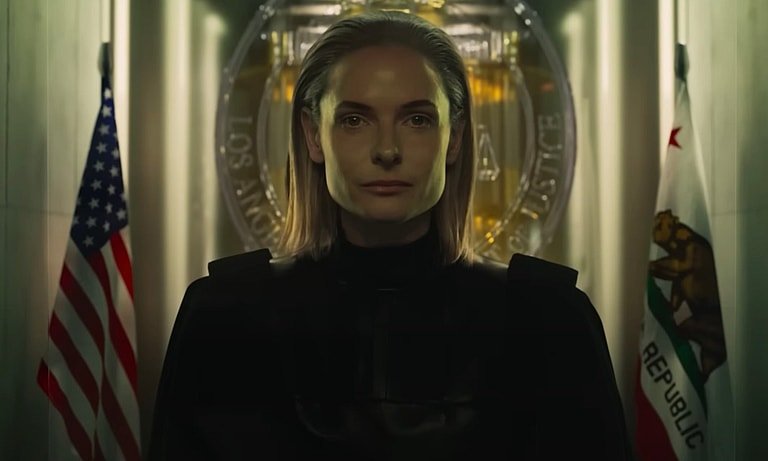Mary Poppins Returns
/This week we are listening to a trailer that is clearly an exercise in restraint, where the music truly is the driving force of the film cutting process. Today the teaser trailer for “Mary Poppins Returns” was dropped by Disney; the sequel/ reboot starring Emily Blunt appears to take the opportunity of staying aesthetically faithful to the original both in terms of visuals and music, while at the same time leveraging the full fidelity of contemporary filming and recording equipment.
The original Disney film was a 1964 adaptation of the book series by Pamela Lyndon Travers published from 1934 to 1988. The interest in a sequel likely follows the box office success of “Saving Mr. Banks,” a 2013 period drama specifically detailing the working and creative relationship between P. L. Travers and Walt Disney.
The opening at 0:08 gradually fades in a shimmering cloud of upper strings emanating from a romantic orchestra; a strong solo bassoon enters, roughly outlining the melodic contour of the classic Poppins track “A Spoonful of Sugar.” The scene is a wet and dark London of about 1930, as the original film took place in 1910 and the children from it have now became adults.
At 0:27 we hear a much fuller orchestral phrase, highly reminiscent of the era when romantic film composers such as Max Steiner ruled the roost. In 2018, however, the style is downright unusual and identifiably nostalgic in tone.
In tandem with this choice of music is the style of the trailer itself. The music is sweeping, and it is never usurped or otherwise punctuated by modern trailer tropes like having dialogue splicing up the soundtrack, or epic percussion, or any extra diegetic sound effects. Instead, the title cards are effectively cut to the natural ebb and flow of the orchestra’s phrasing. In many cases, music is cut and composed to fit the narrative demands of the visual. In this case, it is quite possible that the scenes were cut to match the length of the musical phrases.
Besides the sweeping, chromatic orchestral music, we only hear the flapping of a kite in the wind, and the bicycle bell of a new chimney sweeper (played by Lin-Manuel Miranda). Dialogue is saved for the very end.
The chords enter a sequence at 1:10, leading us higher and higher (in tandem with the visual of the kite gaining altitude), until finally as we reach the cadence, Poppins (Blunt) appears once more, riding in with the wind.
With a positively retro trill of the woodwinds and a quintessentially straightforward coda ending resolutely on key alongside the release date title card (Christmas), the trailer campaign lives up to its promise. It gives us a faithful return to the time and the aesthetics of the 1964 original, albeit updated, but only in ways that aid in the fidelity of what was already there, fulfilling the film’s promise as a vehicle for nostalgia.
– Curtis Perry







